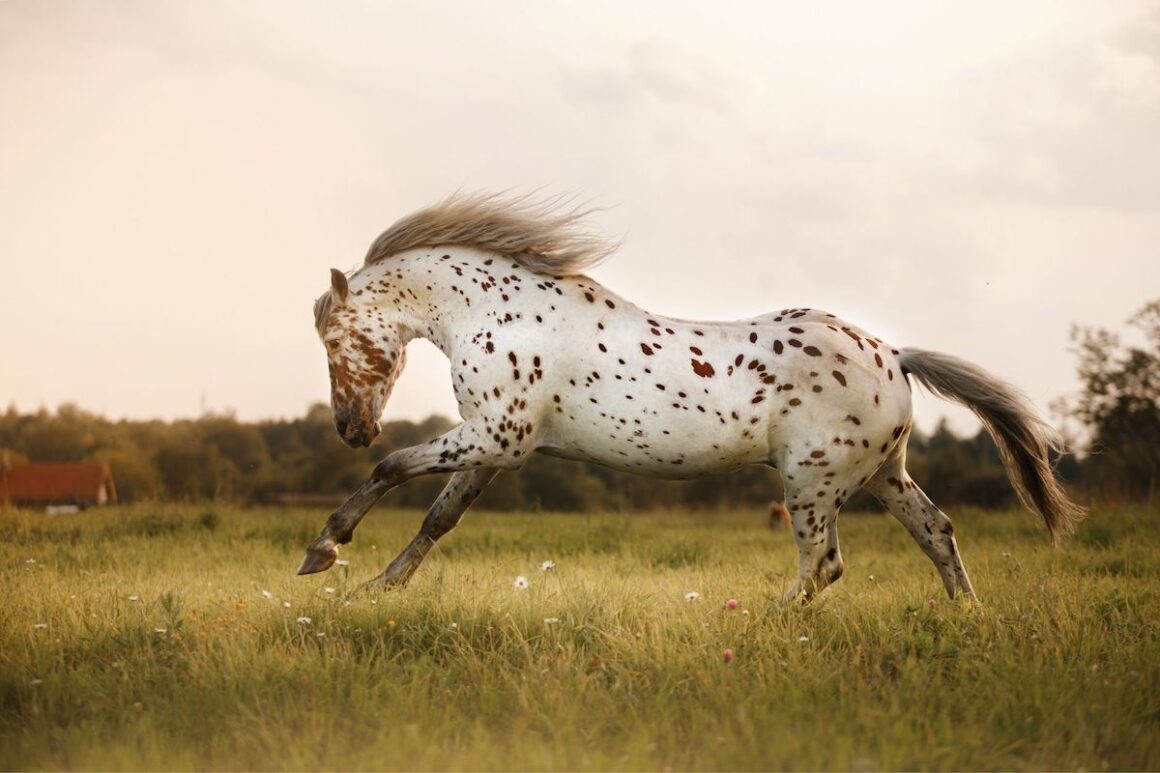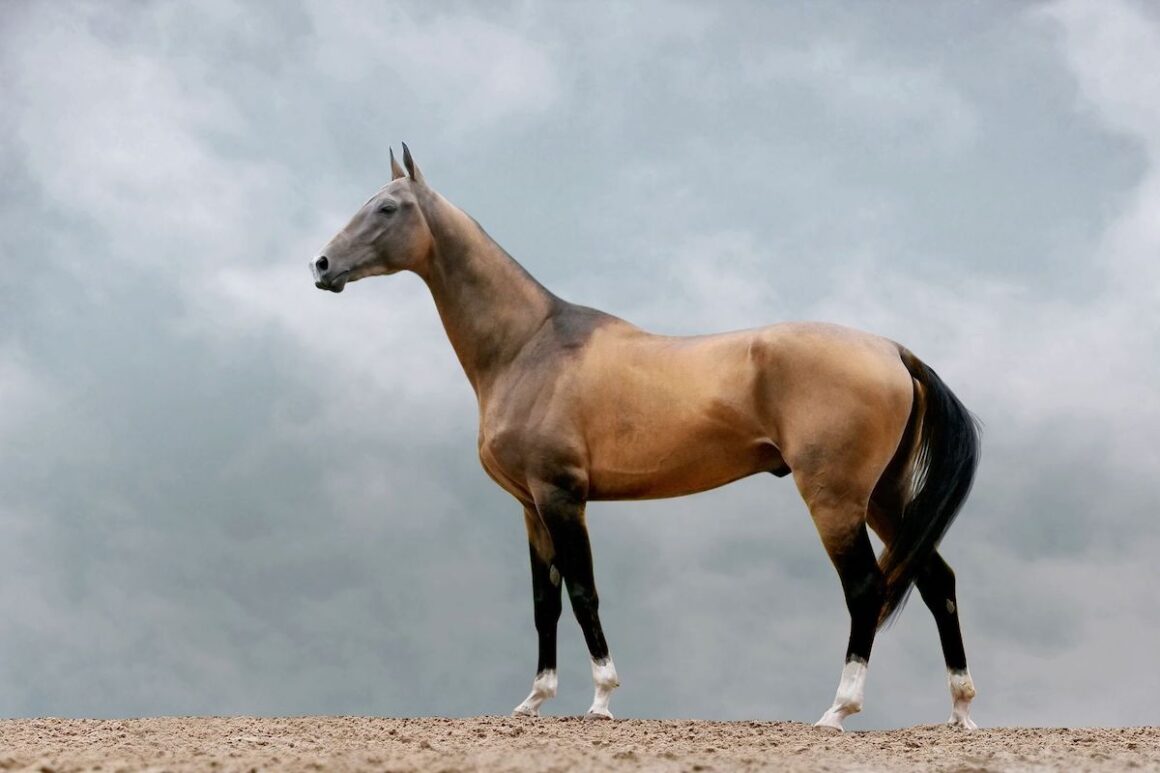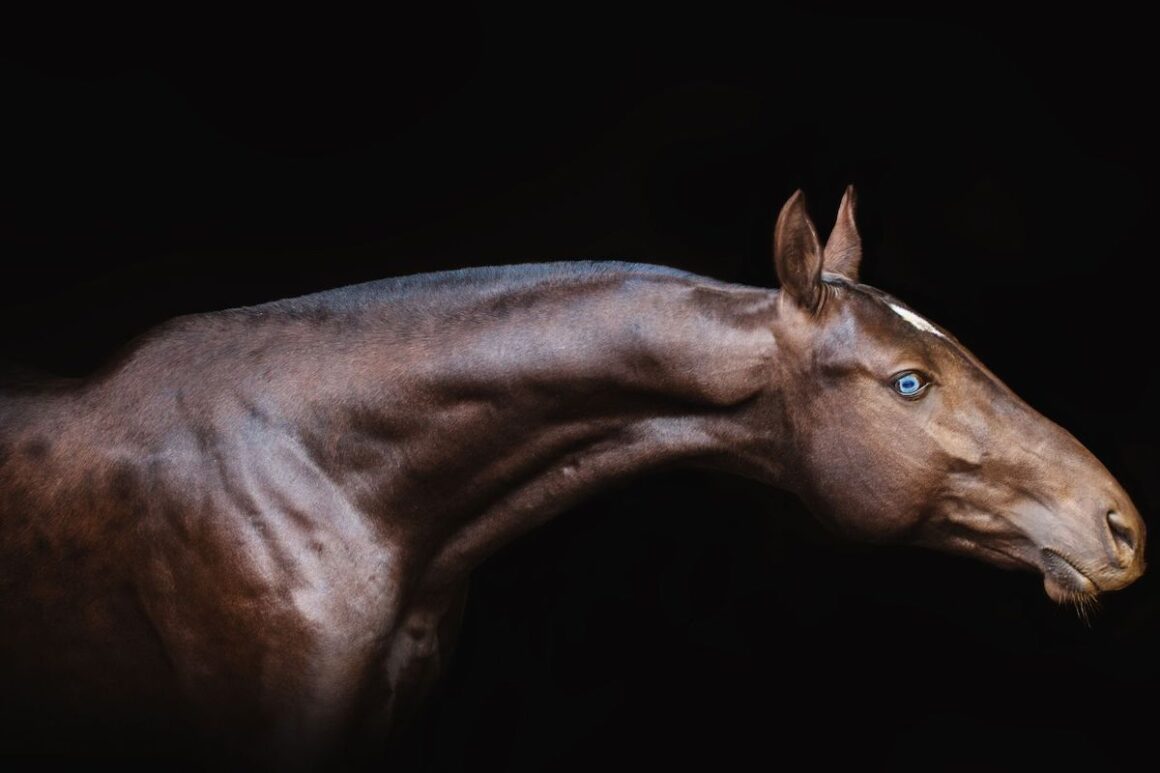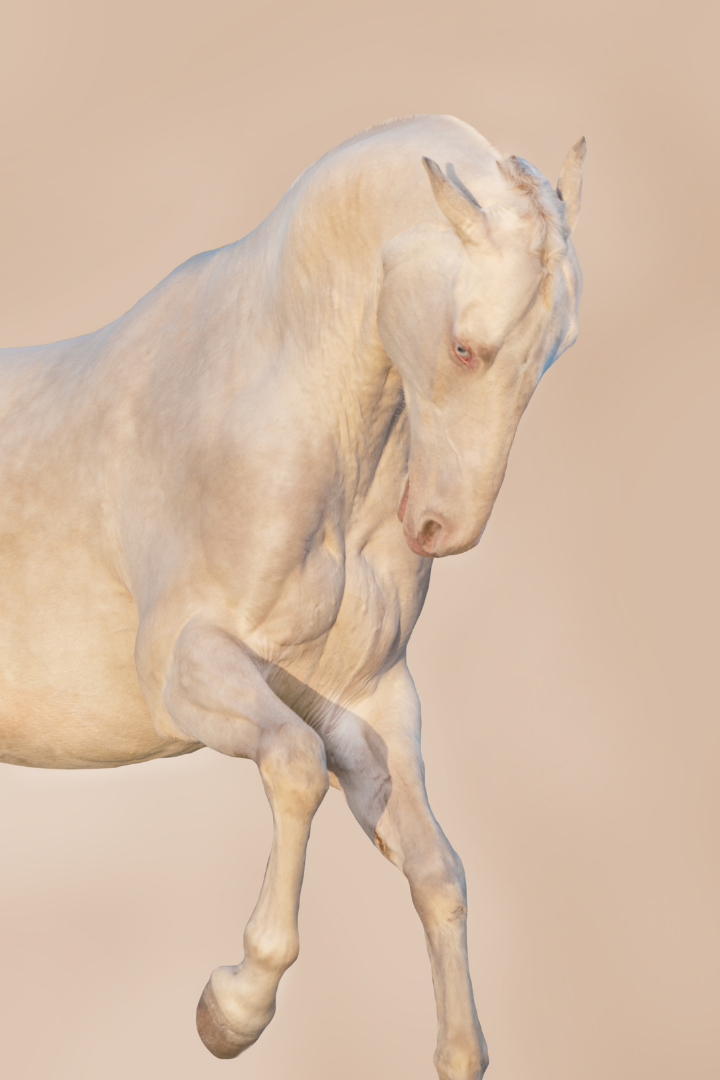The golden coloring, endurance, and devotion to the rider give Akhal Teke horses revered status. The breed is over 3,000 years old, having developed in Turkmenistan and pre-dating the Arabian horse. The breed isn’t widely available. But, those that do own or ride them are committed to their horses.

The color of the Akhal Teke horse is their calling card. Other names used for the breed are Golden Horses or Celestial Horses. The horse is slim and athletic, and its body type looks more like a cheetah than a standard horse. Nomadic people in central Asia have bred and stewarded their beloved horses for thousands of years. Today, the breed is relatively unchanged. They are incredibly popular with those that know and love them.
Akhal Teke horses were first referenced in the 8th Century and also mentioned in the works of Alexander the Great and Marco Polo. They are revered for their speed, endurance, and intelligence. Horses are a source of pride in their native Turkmenistan.
History of Akhal Teke Horses
Turkmenistan is in central Asia. The Akhal Teke breed developed along the Russian border. The nomads started breeding the horses over 3,000 years ago, making them older than the Arabian horse breed. The relative isolation due to the mountain ranges and the Caspian Sea kept the bloodlines pure.
The horses were bred and used for raiding other tribes. They still have the fiery personalities and speed that made them famous. They were also brilliant during wars, serving as a second decision-maker for their riders. Families passed the bloodlines down. They used many names for the breed before settling on Akhal Teke in the 1800s.

Breed Characteristics
Akhal Teke horses usually stand between 14.3 and 16 hands, with a slight build of only 950 to 1,100 pounds. The slim build is present in all their features, from their long, narrow heads to their almond-shaped eyes, and long, tapered ears. Their hooves are slim too.
The most common colors include dun, bay, black, and chestnut. Most of the horses have the metallic sheen to their coat that makes them look golden, although it’s most pronounced in dun and cremello horses. It’s thought that this helped camouflage them in the desert and that the trait developed over time. One of their other striking breed characteristics is that most horses have blue eyes. They also have a sparse mane and tail.
Akhal Teke horses are incredibly intelligent. They developed in close company with the people who bred and raised them. This is another trait that developed over time, making them “one person” horses as far as their personality goes.

Gaited Horses
People assumed for centuries that the Akhal Teke horse had a two-beat diagonal trot. However, they are gaited at the trot, according to research done in the United States. Margot and Phil Chase in Virginia were the first to import the breed to the United States and discovered that their trot is actually a four-beat gait. This phenomenon also explains why it was possible (and is still possible) to ride the Akhal Teke for long distances without tiring out, as the gaited movement makes them more comfortable to ride.
Russian Influence
The close proximity to Russia means that the horses crossed the border from one country to another. Records show that the Russians started breeding and owning Akhal Teke horses about 500 years ago.
Russia annexed Turkmenistan in 1880 and took an even more active interest in the Akhal Teke breed. They collected all the best horses and created a stud farm to steward the breed. The stallion Boinou was born in 1885 and is one of the horses that the Russians collected and took to their stud farm. His lines are the most popular and prominent in the breed today. The Russians still maintain several breeding farms.
Akhal Teke Horses Today

The largest populations of Akhal Teke horses are in Turkmenistan and Russia, where they still have large breeding programs as well. United States, Uruguay, Europe, and Australia also have Akhal Teke populations. In Turkmenistan, they are also bred for racing.
The breed has a threatened status, despite their high regard in their home country. About 5,000 registered horses exist globally. Some estimates put this number at closer to 8,000 horses. Either way, many horses are used for breeding rather than recreation and sport.
The Teke people staged a 2,500-mile endurance ride from Turkmenistan to Moscow in 1935 and again in 1988 to increase awareness about the breed. The journey included crossing the Karakum desert and was completed in an amazingly-fast 84 days.
Akhal Teke horses are also popular in sport disciplines like dressage, jumping, and eventing. They’ve successfully competed at the sport’s highest levels, including the Olympic games, further promoting the breed. Absent, a black stallion, won gold in dressage in the 1960 Rome Olympics and won six Olympic medals total during his competitive career.
Breed numbers in the United States are stable, with over 3,000 registered horses here, and it’s easy to believe that these golden horses will continue increasing in popularity.
Sources: Akhal-Teke Association of America, FEI.org, the International Museum of the Horse, the Livestock Conservancy, and Oklahoma State University
